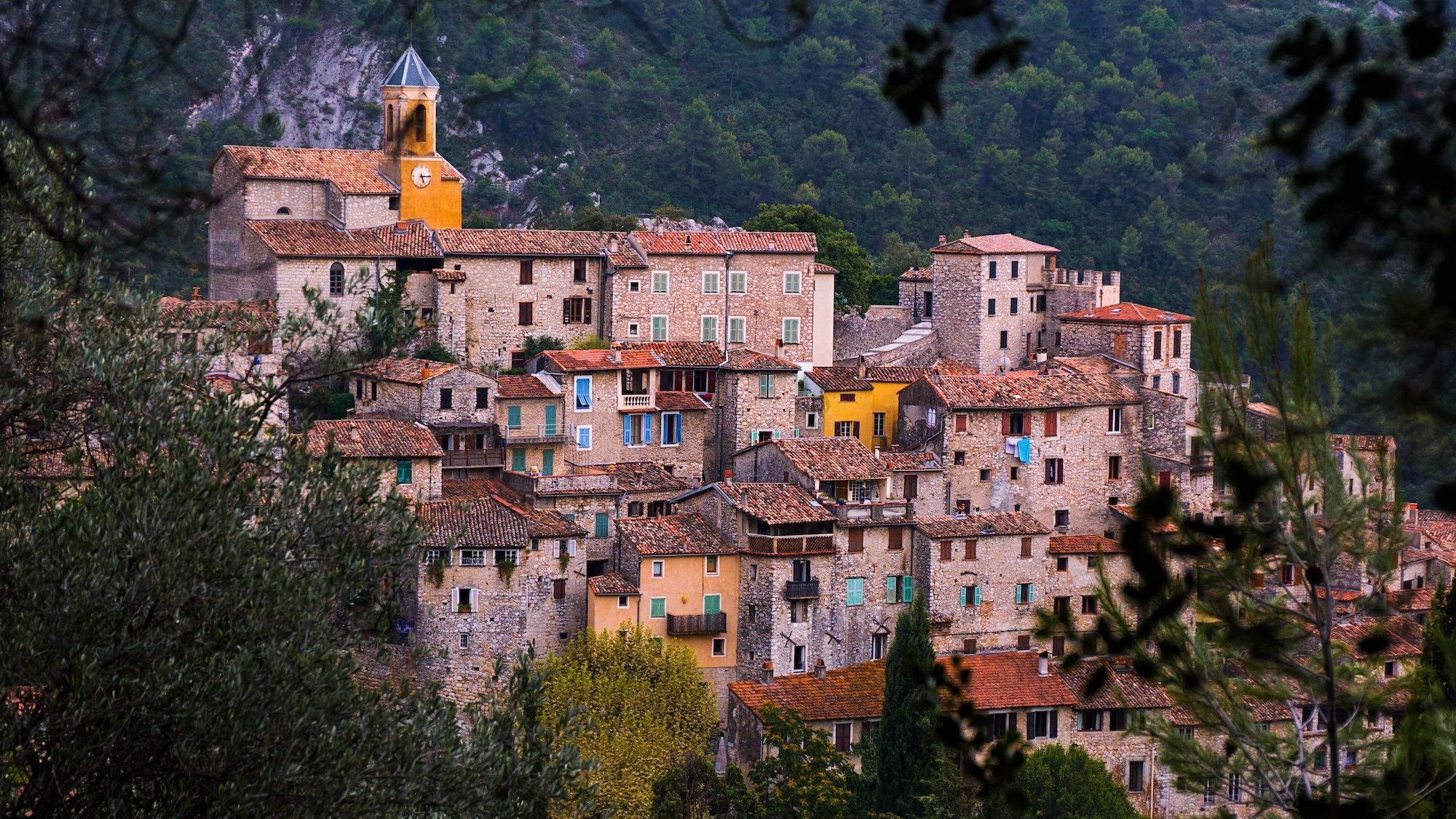Peillon feels like time has stopped. Perched on its cliff and surrounded by olive trees, this classified medieval village is a haven of tranquility for those dreaming of a breath of fresh air away from the Niçoise frenzy. Here, there are no flashy shops or hordes of tourists: just a few flower-filled alleyways, stone staircases (the famous calades), vaulted passages, and an atmosphere that feels timeless. It’s the kind of stroll you savor slowly, with your nose in the wind and your eyes on high, so you don’t miss the details of the carefully preserved architecture.
Afficher cette publication sur Instagram
A medieval immersion worth experiencing (a little)
No cars in Peillon, and that's a good thing. The charm kicks in as soon as you leave your vehicle to begin the climb up the village. Grab a good pair of shoes, catch your breath, and let the beauty of the place sweep you away. Once you reach the top, the reward is grand: a panoramic view of the Paillon valley of l'Escarène and the surrounding mountains. A scene straight out of a painting, especially at sunset.
Afficher cette publication sur Instagram
A heritage that you can explore like an open-air museum
Peillon is not just beautiful; it has a rich history. Its roots delve deep into the eventful history of the Alpes-Maritimes, from the days of defensive ramparts to the successive dominations of the Savoyards, the French, and then the Sardinians. The stone houses, clustered like a rampart around the old castle, remind us of times when building was all about protection. And the ancient names of the village – Guauceranus de Pellom, Castro de Peliom, Villa Pellono – sound like chapter titles from a historical novel.
Afficher cette publication sur Instagram
Every corner of Peillon holds a gem. Entering through Place Arnulf, its fountain from 1800 and centuries-old plane trees set the tone. The Saint-Sauveur church, built on the old dungeon, surprises visitors with its religious artworks from the 17th century. As for the Chapel of the White Penitents, it houses exceptional frescoes by Jean Canavesio, depicting the Passion of Christ. A true artistic treasure nestled in a stone setting.
